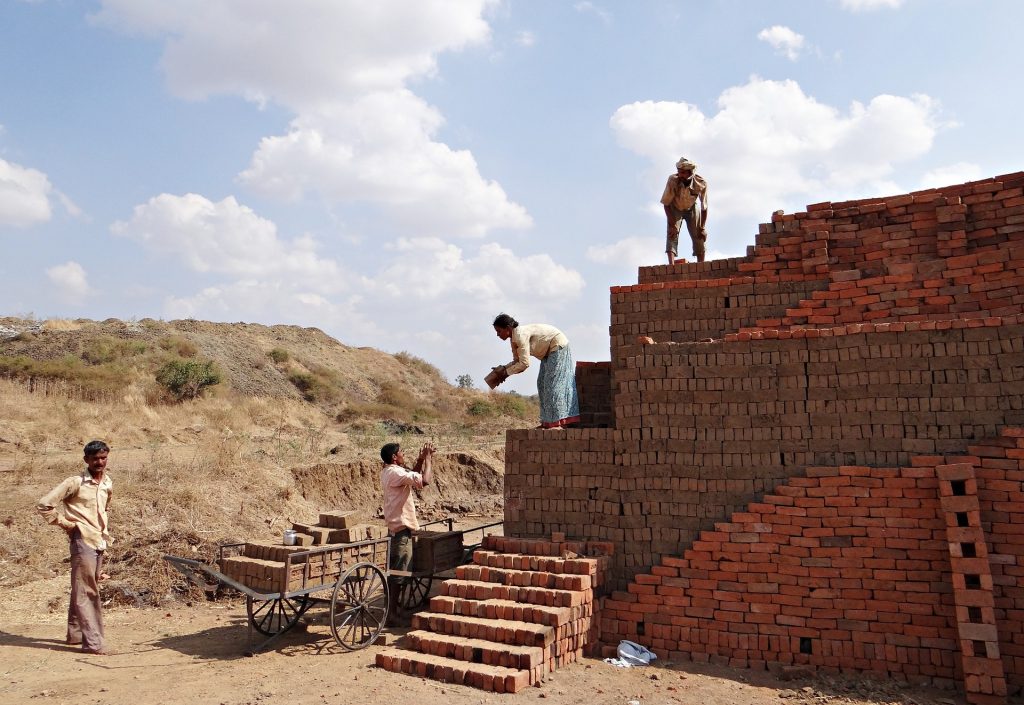exploited to pay off debts
Bonded Labour

Bonded labour or debt bondage labour is a form of slavery today whereby victims are forced to work or carry out deeds (involuntarily) to pay off any debts to their traffickers. Most of or all the money victims earn goes to pay off their debts.
Because victims are paid so little (if anything at all), the debt is often passed down to future generations, trapping families in a vicious cycle of forced labour.
Bonded labour is designed to exploit workers. It is a cyclical process that begins with a debt that cannot be paid immediately (for example the cost of a trafficker transporting the victim from one area to another). However, while the victim works to repay the debt, the traffickers will continue to add additional expenses.
Victims are often unable to leave or escape their traffickers while working and so they require shelter, food, water, clothing etc. To cover these expenses, the trafficker will add these costs onto the victim’s debt. Consequently, the debt increases which often makes it impossible to pay off.
Globally, there are over 8 million people engaged in bonded labour (50% of victims of forced labour in the private economy).

This form of exploitation is most common in India, Pakistan, Bangladesh and Nepal. Migrant workers and those who are economically vulnerable are disproportionately at risk.
Victims of bonded labour may be subjected to forced labour, forced marriage, organ harvesting, sexual exploitation and other forms of exploitation to pay off their debts.
